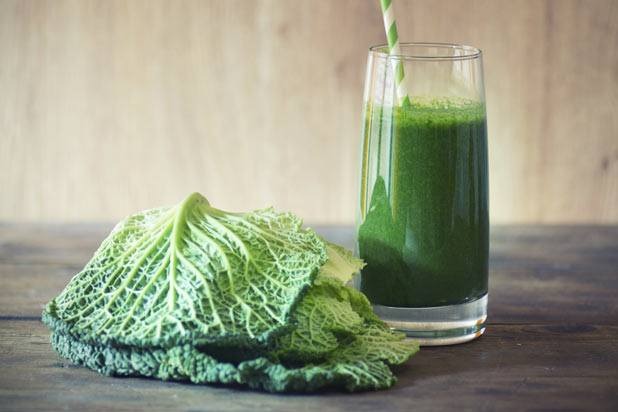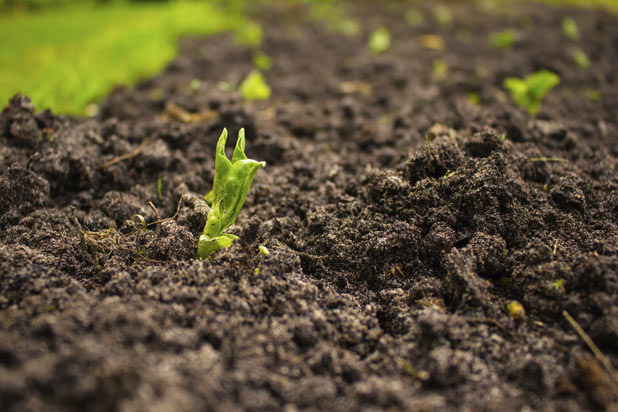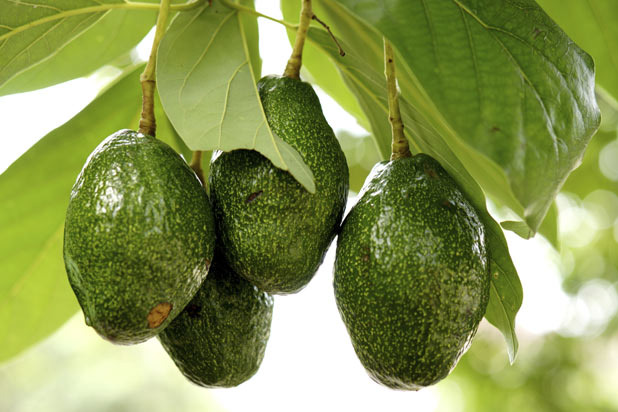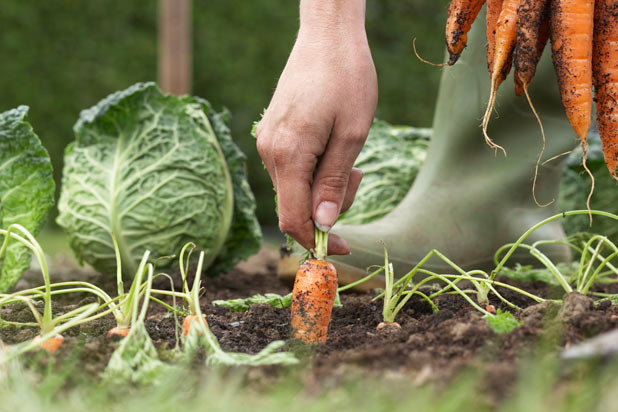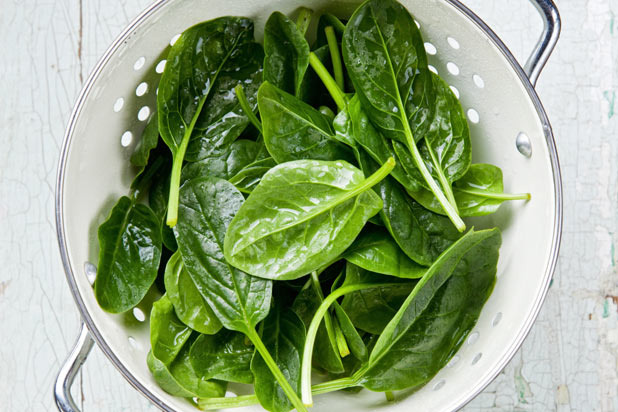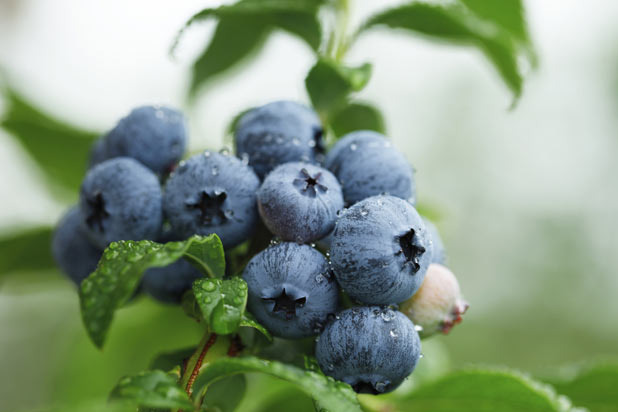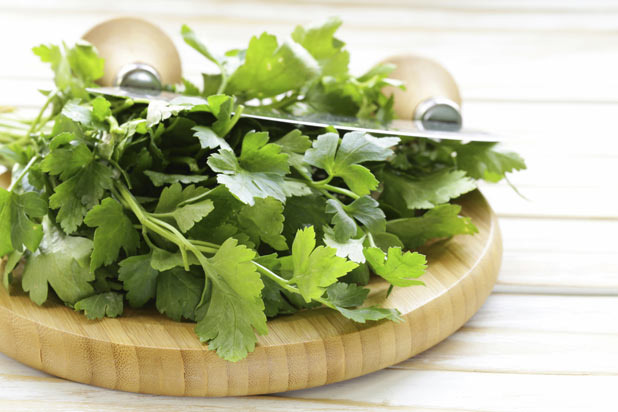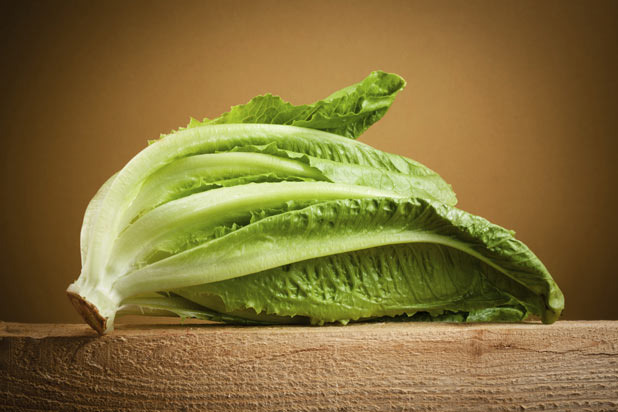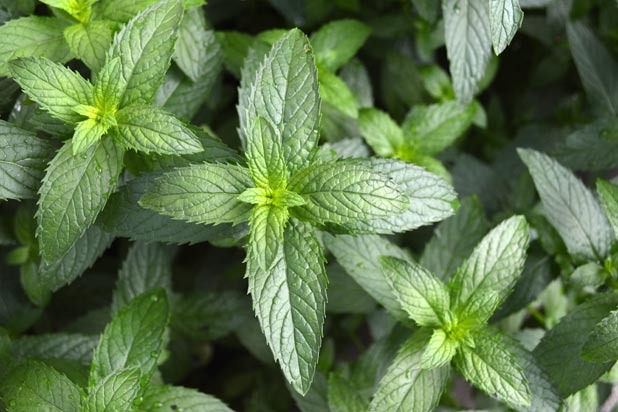How To Grow A Garden You Can Drink From (Slideshow)
Strawberries love sun, so make sure they get planted in a space where they can get plenty — eight to 10 hours — of direct sunlight a day is what they like best. When it comes to soil, they can be pretty forgiving, but they like it loamy best. You may want to add some phosphorous depending on what type of soil you have. Ensure that they get good drainage so that their roots don't rot — you can create a small raised bed for them if your space tends to let water stand. They're pretty thirsty plants — water about one inch per week, maybe more when they just start to flower.
Kale
Fans of semi-shade and cloudiness, kale plants like to keep cold. In most climates, these plants tend to thrive if you start their seedlings indoors in your air conditioning in the summer, and then transplant them to outdoor beds when the weather turns a little cooler. At that point, make sure you plant them in loamy, nitrogen-rich soil about two feet apart, and keep their soil moist. You'll know it's time to harvest when the leaves are about the size of your palm.
Peas
You might think that it's already too late in the season for peas, but never fear — you can get a fall crop if you plant these this summer. In most regions, you'll want to plant these in a shady place and keep them cool with water. In the early spring, these guys like sandy soil best, but later-season plantings can be happy in a heavier soil. Peas produce plenty of their own nitrogen, so don't worry about adding anything to your soil. These should go in about one inch deep and two inches apart. Pick them in the morning to ensure their crispness.
Avocado
Did you know that you really can grow an avocado tree from the pit? These plants like sandy soil that is kept damp but not muddy. Unless you live in the kind of super-sunny, Californian locale where avocados are fine full-time outdoors, start your tree off indoors and move it outside for the summers, then bring it back in once the weather starts to cool. These trees are beautiful, but growing fruit from them is a game of chance: Some may grow to full height but never blossom, while others may start producing fruit as soon as they are five years old.
Carrot
Depending on your climate, carrots planted a little later in the season (mid-June) can yield a beautiful late summer crop. These guys love a rock-free soil — make sure to till especially thoroughly, and consider utilizing raised beds. Thin these plants once they're about ¾ of an inch tall by trimming their tops (you don't want to damage the roots of the remaining carrots). Water at least an inch weekly. Carrots are very forgiving about when you harvest them, and can be left in the soil until you want them — simple storage that frees up your fridge!
Click here to try our Beet, Carrot, and Apple Juice Blend Recipe
Spinach
In most places, spinach-growing season has already started. But if you didn't get your spinach going yet, you can also grow it year-round indoors, especially in cooler environments. Try planting spinach in containers full of sandy soil. The seeds should be barely covered with loose, moist potting soil, covered in black plastic, and set atop your fridge (for the warmth) until they start to germinate. At that point, you can move them near a sunny window, or place them under grow lights. Water your spinach more frequently than you would outdoors. When you pluck your spinach, start with the outer leaves first, leaving tender center leaves to grow further.
Click here to try our Spinach, Kale, and Cilantro Juice Recipe
Blueberries
These don't do well in every climate, but if you live in a region with mild summers, give them a try (those further south should consider blackberries instead, which thrive in a little more heat, or try growing their blueberries indoors). Blueberries are very friendly: they do best when there are other varieties of blueberry around — they cross-pollinate. They are picky about their soil, and like it very acidic and well-drained. To keep birds at bay, you can drape a net over your berries. Homegrown blueberries really are very different from commercially available ones — and much tastier — so they're worth the extra headache!
Parsley
This lush plant can be started off indoors and then transferred to the ground. You can help germination by soaking the seeds overnight. Parsley is pretty flexible when it comes to the amount of sunlight it needs — if you don't have a lot of full sun in your yard, this plant is a good bet for you, because it does just fine in partial shade. It likes a loamy soil and should be planted six inches apart. You can start harvesting just as soon as the plant gets big and lush — flat-leaf varieties tend to lend more flavor than their curly cousins.
Romaine Lettuce
Romaine thrives well in loamy soil and is fairly hardy and easy to manage. In most part of the country, you can plant these in midsummer for a fall harvest, keeping the bed fairly moist. Romaine likes it a little cool and is happiest in the shade of taller plants. Harvest when the leaves are full sized but before they have a chance to get too tough, starting with the outer leaves. You can pick them every day once they get going.
Mint
The biggest problem you're likely to have with mint is preventing it from taking over your whole garden. This easy herb likes loamy soil and is happy in cool, shady conditions or full sun. You can plant cuttings in a pot indoors or out in the garden. Keep its soil fairly moist and you'll be rewarded with big handfuls of mint in no time at all. You can harvest it as needed.

